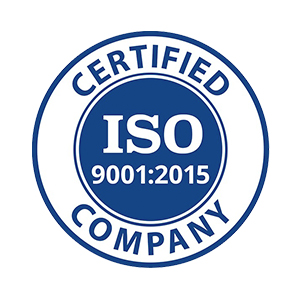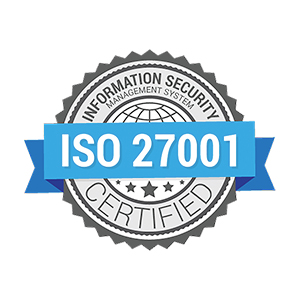Decipher Zone is leading edge software development company. We deliver immaculate and impeccable IT solutions with strict code of analysis, development and rigorous testing procedures. Agile teamwork of our competent experts yields in placid performance of our products. Our technology stack includes blockchain development, Java development (Spring, Vaadin, GWT, Hibernate, JSF, Wicket), PHP development with CMS (WordPress, Magento, Laravel), typescript & JavaScript development (Angular, React, Nodejs) and database handling.
Java Application Development Company
Focus Areas
Service Focus
- Mobile App Development
- Web Development
- Software Development
- Web Designing (UI/UX)
- E-commerce Development
Client Focus
- Medium Business
- Large Business
- Small Business
Decipher Zone Technologies Pvt Ltd Executive Interview

Currently, the business model is Outsourcing for our business partners.
If a customer turns out to be unsatisfied with our work then our business team conducts a discussion with them to do the root cause analysis and later on moves this conversation to a mutual agreement where both parties find themselves satisfied. After the mutual agreement if some work is required by the development team then they implement it and the results of root cause analysis are shared with the top management. Such results work out as a motivating factor to bring new tools and processes to the working culture of the company by core leadership in the following weeks.
We are happy to discuss and resolve the queries, issues of our customers at any point in time. If you aren’t satisfied with the response from your point of contact then your meetings can be arranged with the top management too.
We have predefined pricing brackets for different types of developers whose per-hour prices keep on increasing with the level of experience they have. The complexity of the project will demand a team and time to implement the whole project so we allocate the required team and multiply the cost of their service to the total hours required to develop the whole project.
Decipher Zone Technologies Pvt Ltd Clients & Portfolios
.jpg)









Decipher Zone Technologies Pvt Ltd Reviews
- All Services
- Mobile App Development
- Web Development
- Relevance
- Most Recent
- Rating: high to low
- Rating: low to high

The Best Development Company I've Worked With
Review Summary
Initially, I faced issues with a US-based company who was developing my app. The US-based company gave me poor development, slow progress, and bad communication, which nearly destroyed my business. I had to move on from the US-based company and try to start fresh elsewhere.
This is where Decipher Zone came in and saved the project.
I've worked with multiple overseas companies throughout my career. Their involvement changed everything. They've showed genuine care for the project, we've established trust, and I'm always impressed with their rapid development pace. Their professionalism and personable approach has made them a reliable partner. I highly value their contributions to my project and couldn't imagine succeeding without them.
What was the project name that you have worked with Decipher Zone Technologies Pvt Ltd?
Netwrk
What service was provided as part of the project?
Mobile App Development
Describe your project in brief
The project is a geo-location based social consumer app
What is it about the company that you appreciate the most?
That I can trust them. I think that's the biggest thing for anyone going overseas for development. The second thing is development speed. Development speed is super crucial for a startup, especially for one that is trying to find product market fit.
What was it about the company that you didn't like which they should do better?
There is nothing that I do not like about Decipher Zone except that I have not visited them yet in India

Talented team with great skills and Communication
Review Summary
We already been working with them for couple of project and happy to work with many upcoming projects.
They are really good coders than the human.
What service was provided as part of the project?
Mobile App Development, Software Development, Web Development
What is it about the company that you appreciate the most?
They are very Responsive, no need to repeat requirement and they are available on time for the communication. Their technical skills is something, we all need in agile cycle.
What was it about the company that you didn't like which they should do better?
No complaints so far. they have been doing good.

Happy with assiduous web developers
Review Summary
What was the project name that you have worked with Decipher Zone Technologies Pvt Ltd?
Happy with assiduos web developers
What service was provided as part of the project?
Web Development

Thanks !!





















